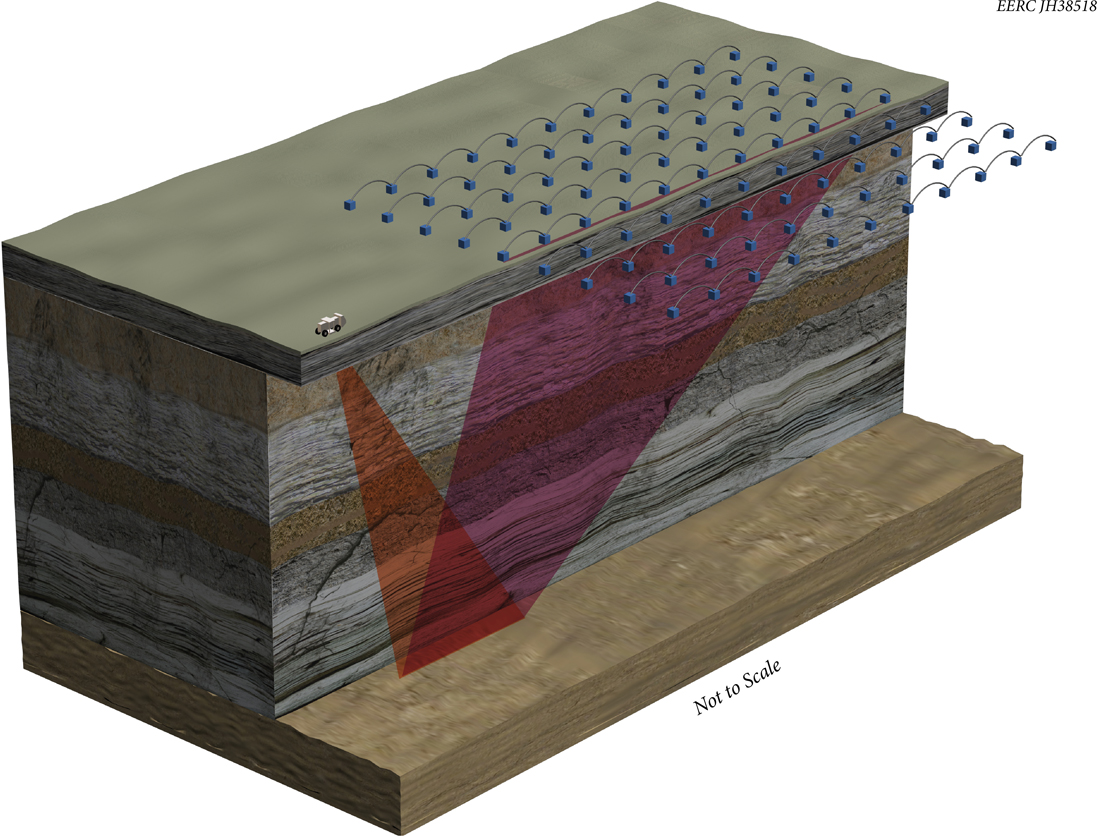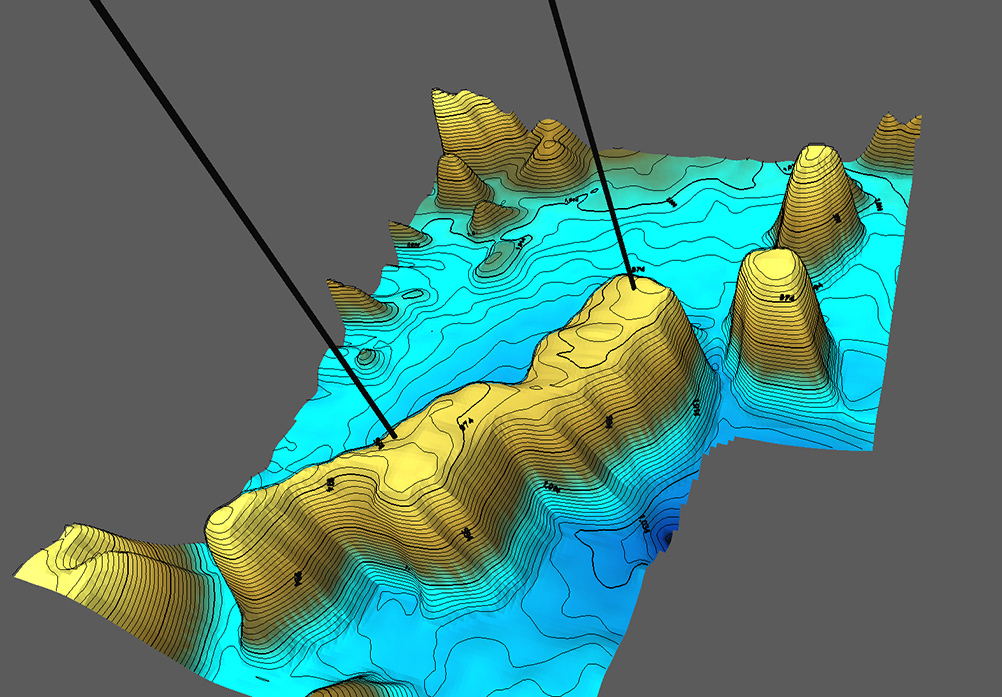
 By using proprietary seismic processing techniques and specific 3D seismic acquisition methods, Core Energy is able to generate exploratory prospects with extremely high levels of accuracy. This methodology greatly assists Core Energy's exploratory process in determining the likelihood of recoverable gas and/or oil reserves and how to maximize recover of the resource.
By using proprietary seismic processing techniques and specific 3D seismic acquisition methods, Core Energy is able to generate exploratory prospects with extremely high levels of accuracy. This methodology greatly assists Core Energy's exploratory process in determining the likelihood of recoverable gas and/or oil reserves and how to maximize recover of the resource.
Key to Core Energy's depth of geologic knowledge is the extensive use of 3D seismic technology along with several application of VSP surveys in known reefs. 3D seismic data allows greater accuracy in identifying possible oil/gas targets then previous exploration methods, and provides Core Energy with the highest confidence of where to drill during the exploration process. The accuracy is especially important in Michigan where the reefs are very tall and narrow, and an exploratory well a few yards off could make all of the difference between success and failure. Below is a 3D seismic example that allows the viewer to see the depth and accuracy of the reef, versus the 2D image view. The details revealed of the reef allows the viewer to better understand the specific attributes of the reef.
The main focus of Core’s exploration efforts has been the Niagaran reef trend in both northern and western Michigan. Core has amassed a
knowledge base consisting of more than 3,500 miles of 2-D seismic data and in excess of 250 miles of 3-D seismic data, most of which is proprietary. This is the largest seismic library that has ever been established in this area.


